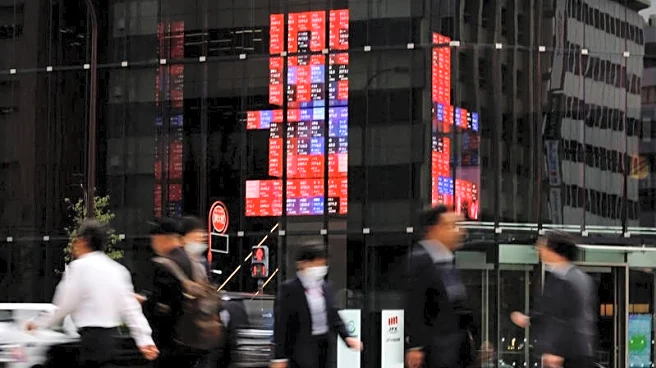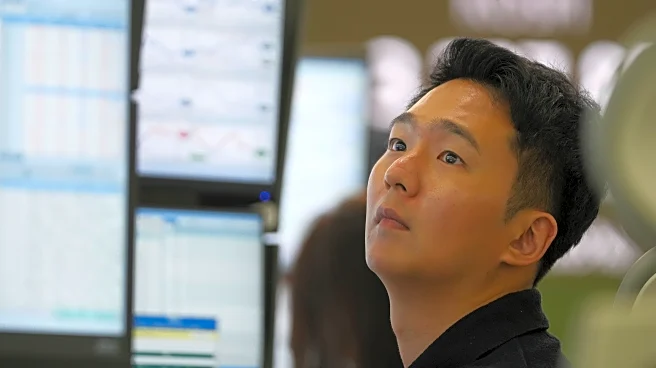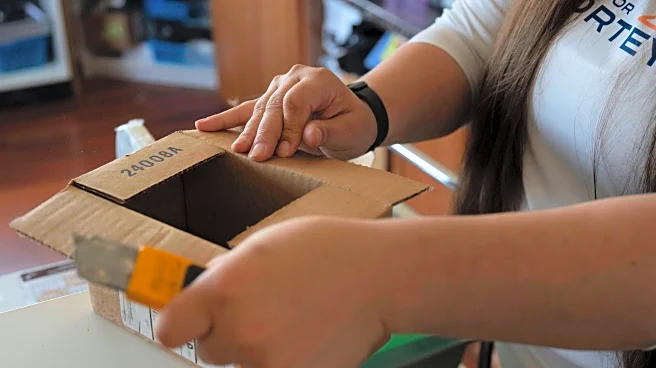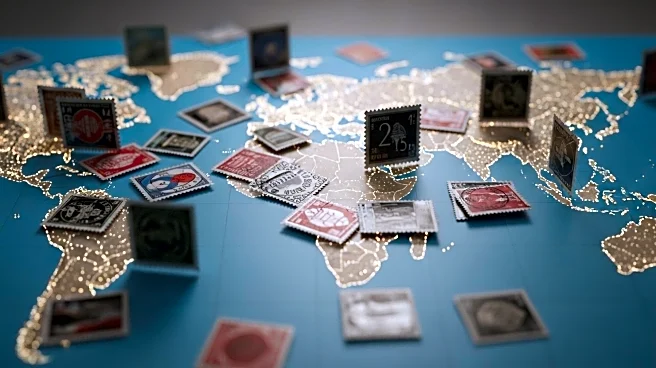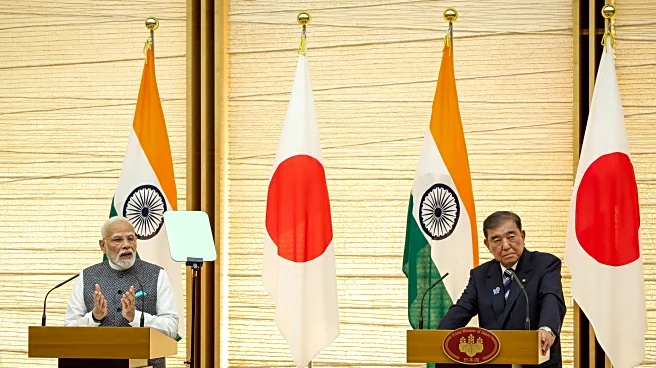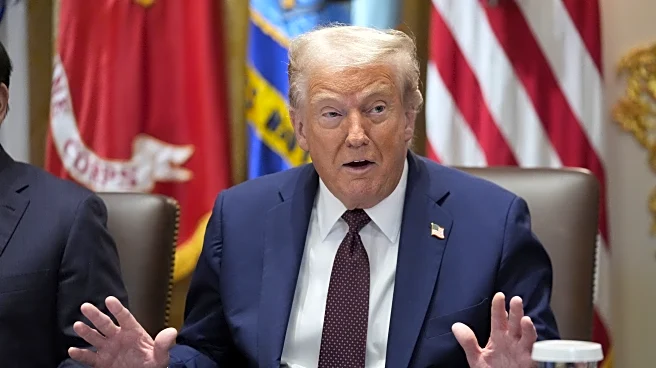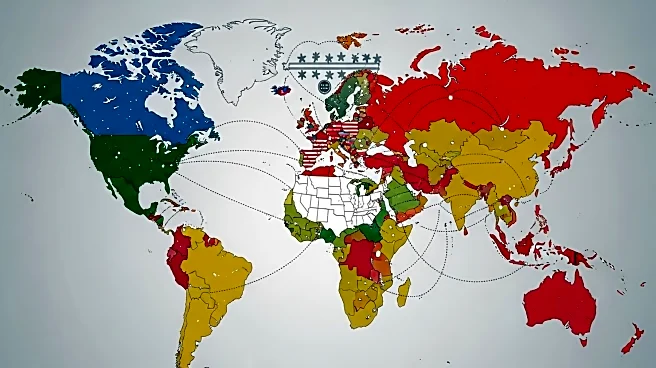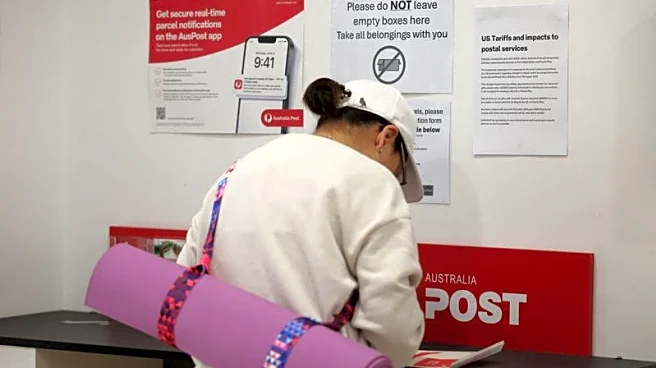By Makiko Yamazaki
TOKYO (Reuters) -Japanese companies raised spending on plant and equipment in April-June by 7.6% from the same period a year earlier, Ministry of Finance data showed on Monday, signalling that solid domestic demand was underpinning the country's fragile economic recovery.
The expenditure data could support the case for the central bank to raise interest rates again later this year.
However, economists warn that the impact of U.S. tariffs is likely to become more pronounced from the third
quarter onward, casting a shadow over business investment - a key engine of domestic demand-driven growth.
Capital spending in the second quarter compared with the previous quarter's 6.4% gain. It grew 1.6% on a seasonally adjusted quarterly basis.
The data will be used to calculate revised gross domestic product figures due on September 8.
Preliminary data last month showed Japan's economy expanded by a faster-than-expected 1.0% on an annualised basis in the second quarter, helped by surprisingly resilient exports and capital expenditure.
Monday's capex data also showed corporate sales rose 0.8% in the second quarter from a year earlier, and recurring profits increased 0.2%.
Capital expenditure has remained strong in recent years as companies, backed by robust profits, ramp up technology investment to offset a chronic labour crunch.
But economic data released in the past few weeks suggest that U.S. tariffs have started to take a toll on corporate activities in July, potentially squeezing profits ahead and slowing business spending.
Exports in July logged the biggest monthly drop in about four years due to price cuts by Japanese automakers to absorb tariff costs, while industrial output slumped more than expected due partly to a 6.7% decline in automobile production.
While the Japan-U.S. trade agreement in July is likely to lower U.S. tariffs on Japanese automobiles to 15%, there is uncertainty on when the cut will apply as President Donald Trump has yet to sign an executive order.
(Reporting by Makiko Yamazaki; Editing by Kim Coghill)
